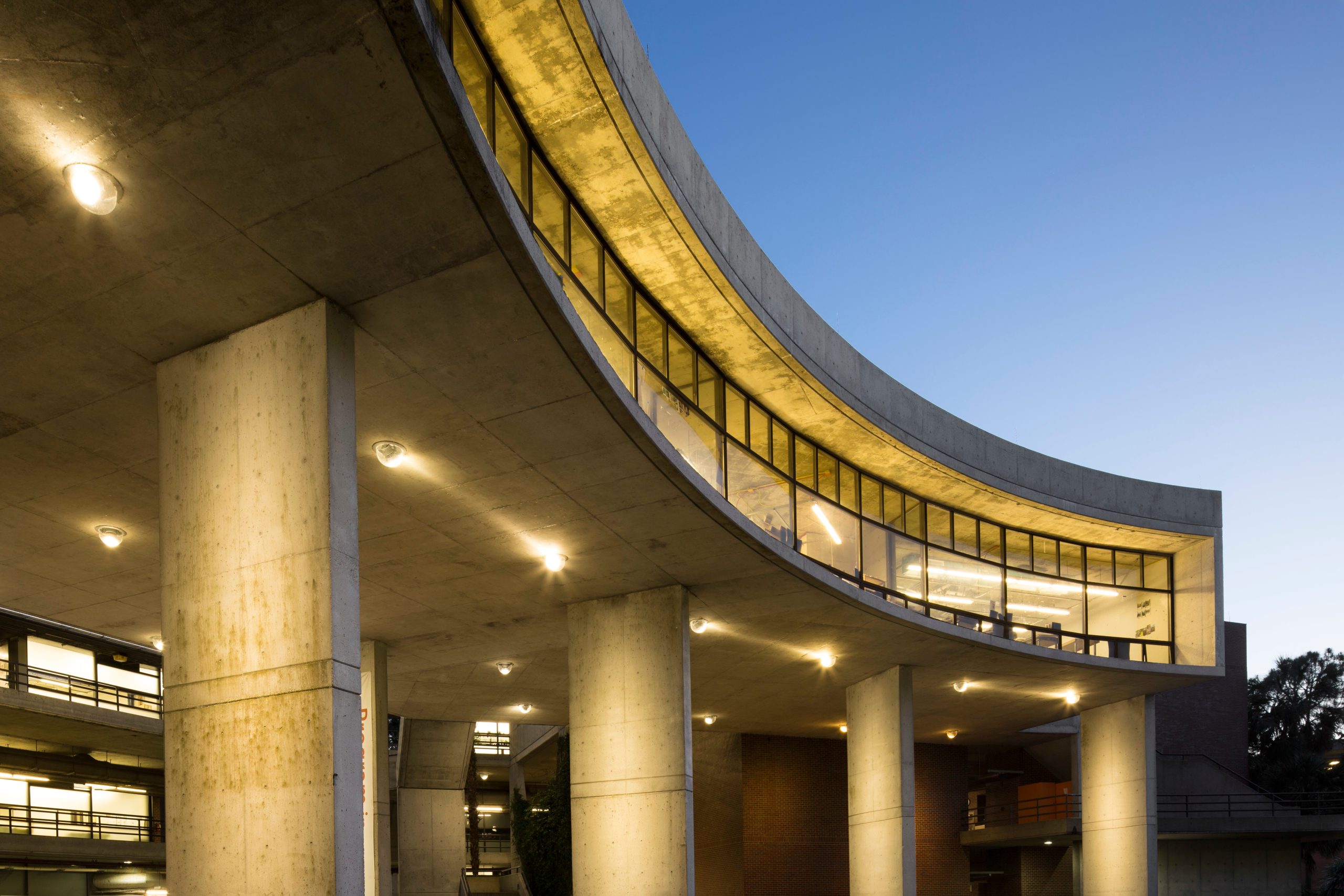
Master of Landscape Architecture
Create Vibrant,
Sustainable
Landscapes
Florida—It’s where the Atlantic meets the Caribbean and the Everglades meet Miami. It’s where cultures and generations mix. Where agriculture, space flight, development, tourism, and health care shape the economy.
This dynamic environment is also home to the intellectual powerhouse of the University of Florida. It attracts researchers, scholars, and artists to a community relentlessly focused on solving today’s most complex problems, from climate change to AI to social justice.
The University of Florida Experience
When you choose to extend your creativity and scholarship to a master’s degree in landscape architecture from the University of Florida, you acquire the research skills and problem-solving depth to:

Conserve fragile ecosystems in Florida and around the world

Create beautiful places that connect diverse human communities

Build resilient systems that support cities and economies
Program Information
STEM Designation
Landscape Architecture combines art and science. It is officially designated as a STEM discipline by the Department of Homeland Security – and that means that your graduate studies reflect evidence-based knowledge and technology-driven solutions. Data science skills are integrated into courses and applied research, and you have many options to take STEM-related electives.
An advanced STEM degree is your path to a high-profile leadership career in academics, government, or an interdisciplinary design, planning and construction team. With a STEM designated degree, international students may extend their F-1 visa for up to three years.
The MLA Curriculum
The MLA curriculum is designed for a rigorous, reflective, and broad study of landscape. It has the flexibility to allow you to explore specific topics in greater depth.
Assistantships
The Department of Landscape Architecture awards a limited number of graduate research and graduate teaching assistantships on a competitive basis. In addition to departmental positions, our graduate students have been awarded other university-wide assistantships, such as those offered by the Division of Student Life.
Departmental Awards
The Department of Landscape Architecture offers several graduate student awards, including:
- Howard Sebold Award: Recognizes a graduate student’s leadership, scholarship and potential professional distinction.
- David W. and LeAnn S. Johnston Award: Supports graduate fellowships and will be given to the best Graduate Terminal Project Proposal (proposals presented as part of the Criticism course).
- Marquis Latimer & Halback Award: Recognizes a graduate student for excellence in their Terminal Project selected by the final presentation jurors.
- Joshua W. Lepp Travel Endowment in Landscape Architecture: Support travel scholarship and fellowships for the Department of Landscape Architecture undergraduate and graduate students in their last year of study who are participating in a University-approved program in Europe.
- Jonathan and Elizabeth Seymour Scholarship: This fund was established in 2007 by Jonathan and Elizabeth Seymour to support the Department of Landscape Architecture in the College of Design, Construction and Planning. Jonathan graduated from the University of Georgia and immediately commenced practicing in South Florida.
More financial resources
The University of Florida offers several financial aid opportunities through the Office of Student Financial Aid and Scholarships. Eligibility varies based on different criteria. Another source is the UF Graduate School which provides several resources of varying nature to help manage your financial commitment.
With a thriving hospitality and leisure industry, Landscape Architecture is a specialization in demand in Florida. Our MLA graduates benefit from access to a robust professional community of landscape architects across the state.
Highlighted MLA Projects
Since childhood, Weishunhua Zhang (MLA ’23) was drawn to art and design work. After earning an undergraduate degree in industrial design, she decided to take her career in a different direction.
After earning her master’s degree, her portfolio now includes award-winning designs and plans for therapeutic landscapes that can give back to the community through the healing process.
Prof. Jiayang Li presents “Novel Nature-based Solutions: Understanding and Expanding the Role of Community Perception and Everyday Landscape Experiences” as part of our seminar series.

